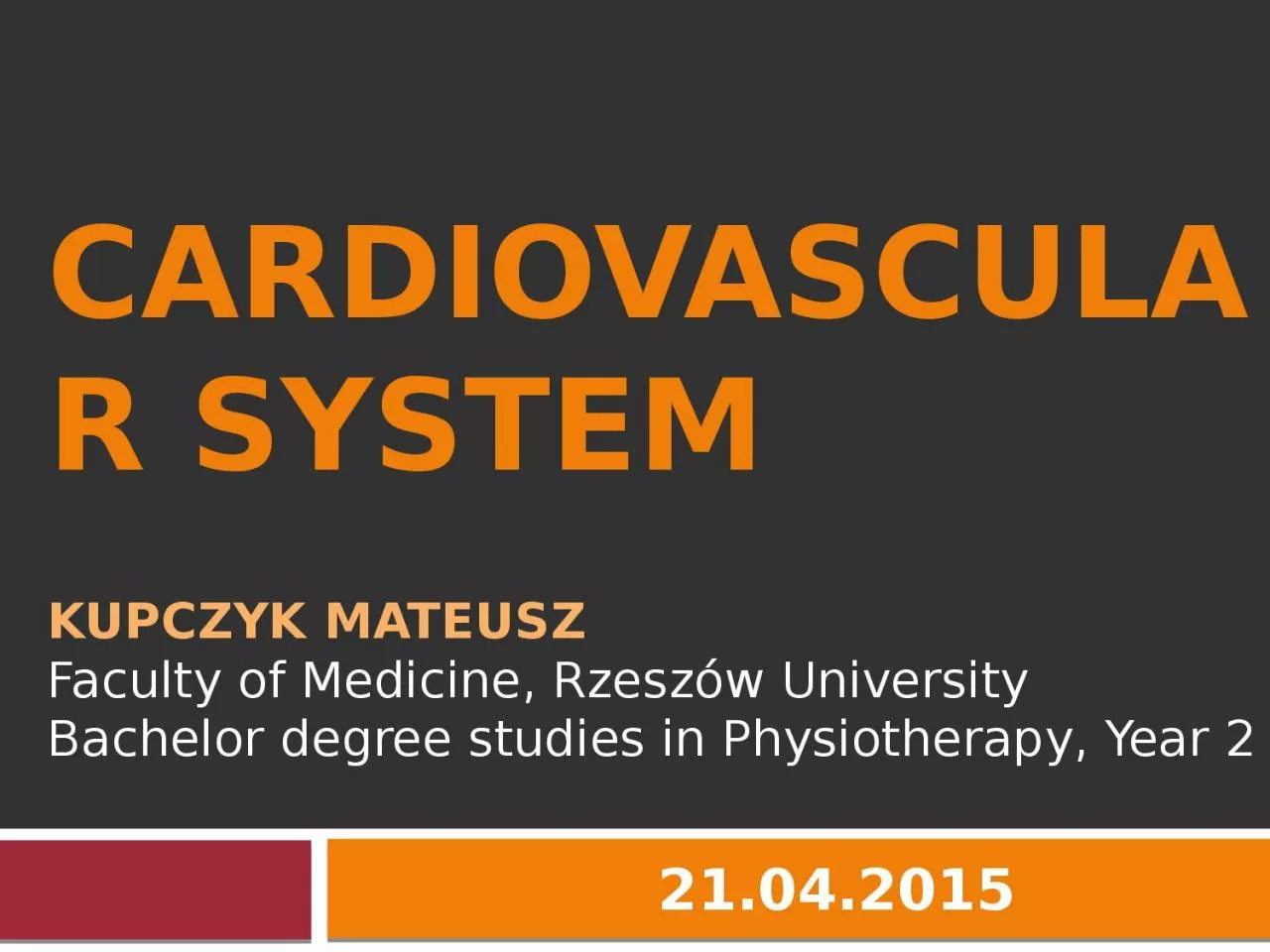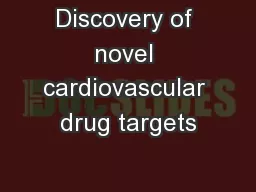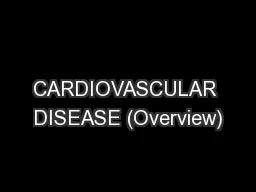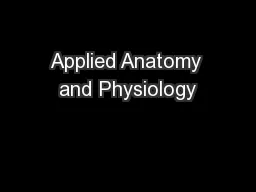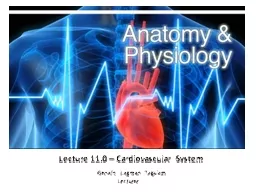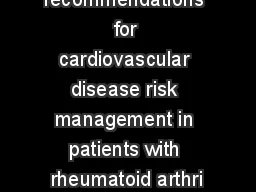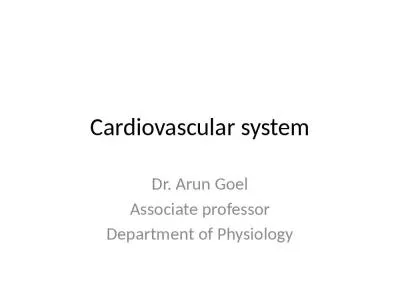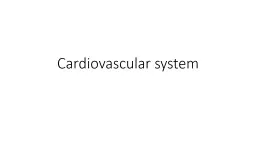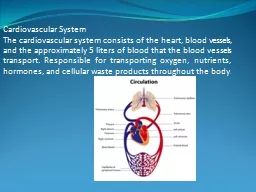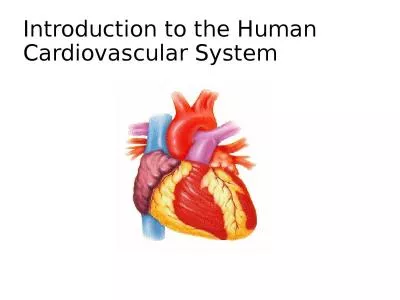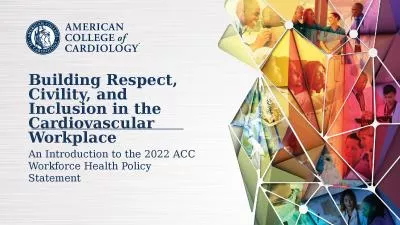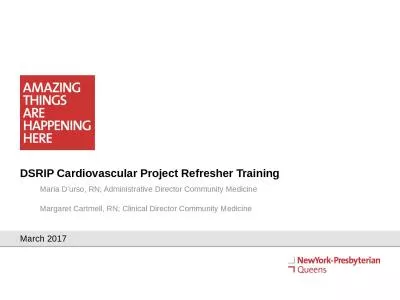PPT-CARDIOVASCULAR SYSTEM KUPCZYK Mateusz
Author : bery | Published Date : 2024-01-29
Faculty of Medicine Rzeszów University Bachelor degree studies in Physiotherapy Year 2 21042015 STRUCTURE Heart muscle pump Blood vessels closed system
Presentation Embed Code
Download Presentation
Download Presentation The PPT/PDF document "CARDIOVASCULAR SYSTEM KUPCZYK Mateusz" is the property of its rightful owner. Permission is granted to download and print the materials on this website for personal, non-commercial use only, and to display it on your personal computer provided you do not modify the materials and that you retain all copyright notices contained in the materials. By downloading content from our website, you accept the terms of this agreement.
CARDIOVASCULAR SYSTEM KUPCZYK Mateusz: Transcript
Download Rules Of Document
"CARDIOVASCULAR SYSTEM KUPCZYK Mateusz"The content belongs to its owner. You may download and print it for personal use, without modification, and keep all copyright notices. By downloading, you agree to these terms.
Related Documents

